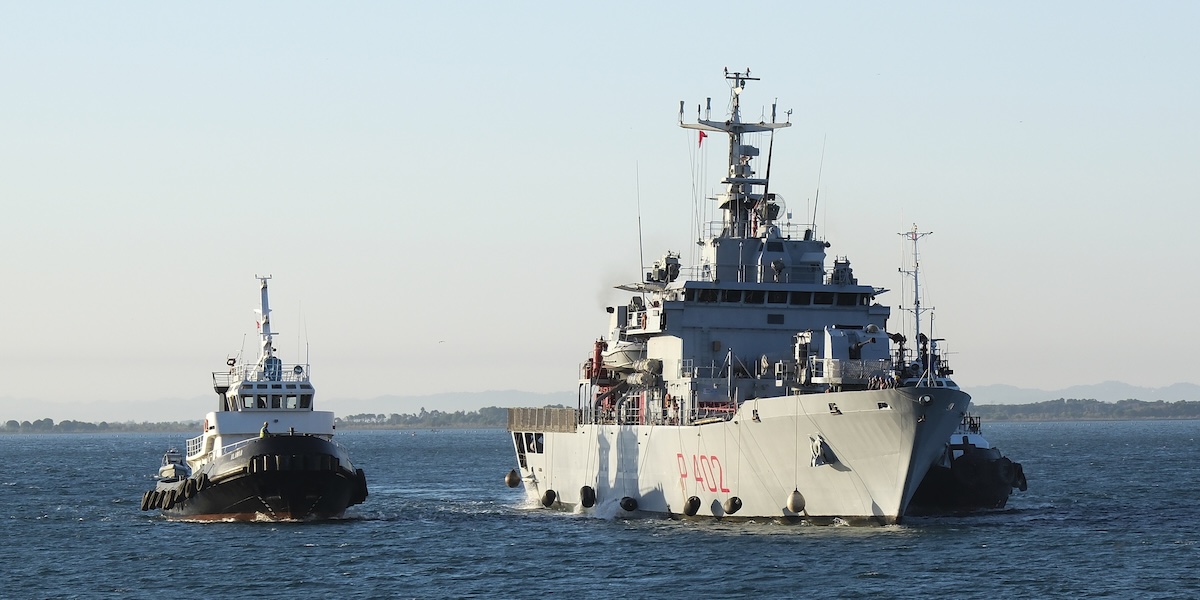The Italian naval vessel Libra resumed operations on Monday to transfer rescued migrants from Italy to Albania under the supervision of the Ministry of the Interior. This latest group, intercepted off the coast of Lampedusa, is expected to be moved to the Albanian centers of Shengjin and Gjader as part of an agreement between Italy and Albania. This marks the second transfer under Prime Minister Meloni’s new migration management system, yet uncertainty looms over these relocations following recent rulings from Italian and European courts.
Details regarding the timing of the Libra’s departure and the exact number of migrants on board remain unclear. Sources, including Il Messaggero, report between 6 and 12 migrants, with the possibility of additional arrivals to reach a target of 30-40 individuals. Preliminary reports indicate that those on board are Egyptian nationals, though official confirmation is lacking. Initial checks are underway to determine whether these individuals meet the requirements for relocation to the Albanian centers.
The Italy-Albania agreement specifies that only adult male migrants, considered “non-vulnerable” and originating from “safe countries,” are eligible for transfer to the Albanian facilities. However, the Italian government’s designation of “safe countries” under a recent decree has drawn criticism from international organizations. The list includes countries like Egypt, Bangladesh, and Tunisia, which Italy deems secure but are not universally recognized as such by international standards.
The issue has become more complex following a ruling by the European Court of Justice, which stipulated that a country can only be considered safe if it ensures security for all individuals across its entire territory. This decision has already influenced Italian court rulings, blocking the detention of migrants from countries on Italy’s “safe list” that do not meet EU-defined safety criteria.
In light of this decision, the Rome court recently blocked the detention of Egyptian and Bangladeshi migrants previously transferred to Albania. More recently, the Catania court rejected the detention of an Egyptian migrant, further complicating Italy’s plan to manage migration flows through Albanian facilities. The Catania ruling has significant political implications, raising new questions about the legal viability of Albania’s detention centers and the future of Italy’s migration management policy.
4o

